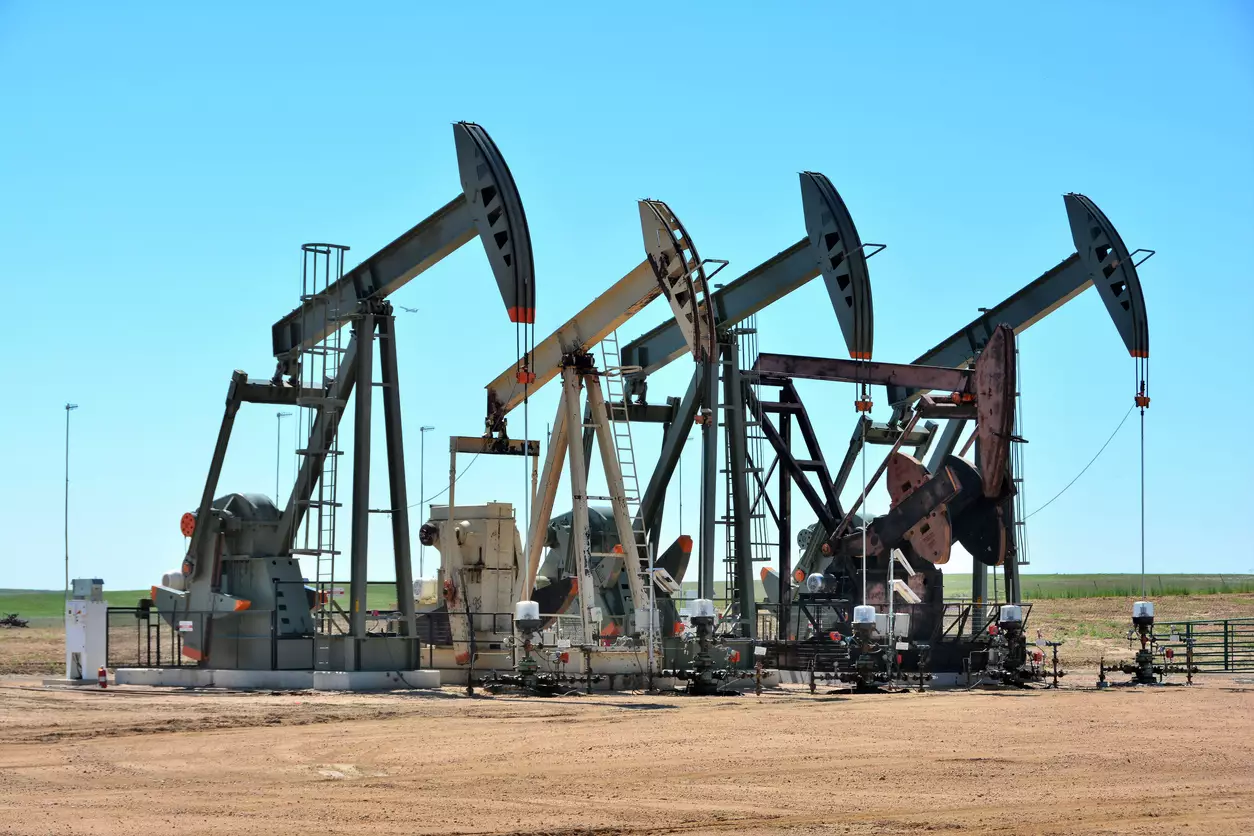The past few weeks have been tumultuous for the crude oil market, with prices experiencing both drops and gains. Despite finding support at $77 per barrel WTI and $82 per barrel Brent, the overall trend has been one of instability. This period of consolidation has lasted for over a month, with a brief pause in growth as the price struggled to surpass the 200-day average. The recent bearish activity, characterized by a significant 4.5% drop in just two days, has raised concerns about a potential further decline.
The current consolidation phase could be seen as a strategic move to alleviate short-term oversold conditions and gather momentum for a possible downturn. The price level at which this consolidation is occurring coincides with the support of an ascending corridor that has been in place for the past five months. A new downward momentum could signal a shift in the trend, with potential downside targets at $75 for WTI and around $79 for Brent. Breaking through these levels could lead to further declines, possibly targeting the $30 mark.
Market Dynamics and Influencing Factors
The dynamics of the crude oil market are influenced by a myriad of factors, including production cuts, government policies, and global economic conditions. While OPEC+ has the capacity to remove a percentage of global production to stabilize prices, this may not be sufficient to counteract a sustained downturn. The US government’s changing stance on replenishing reserves during periods of decline has also impacted market sentiment in recent years. However, these measures have their limitations, as evidenced by previous instances where markets have defied interventions and experienced sharp declines.
Despite the current challenges and downside risks, there are indications that the market may find stability in the long run. The ability of OPEC+ to adjust production levels and the rise in commodity prices, particularly driven by Chinese economic stimulus measures, could potentially mitigate the impact of a prolonged downturn. While the possibility of prices plummeting back to historically low levels cannot be ruled out, there are factors suggesting a return to growth in the medium to long term.
The volatile state of crude oil prices underscores the uncertainty and risks inherent in the market. While recent trends point towards a potential downturn, there are underlying factors that could support a recovery in the future. It is essential for investors and stakeholders to closely monitor market dynamics and be prepared for all eventualities in this complex and ever-evolving sector.

